Grief, I learned, is a journey of shattering, then painstakingly reassembling the pieces of one’s soul. It’s a path no one can truly prepare for, filled with dark, winding passages that seem impossible to navigate. My own odyssey through this heart-wrenching landscape began when I lost my mother—an event that plunged me into a realm of sorrow, where the profound meaning of life itself became my obsession. And in that darkest of places, I found an unexpected source of solace and illumination—flowers.
My mother was not just a mother; she was the keeper of my secrets, the gentle compass guiding me through life’s tumultuous seas, and my dearest friend. When she left this world, a chasm opened in my existence, a void that seemed insurmountable. Days blurred into a ceaseless procession of tears and aching emptiness. But amidst this storm of grief, I began to notice the significance of flowers.
The day of my mother’s funeral arrived, grey and heavy, mirroring the despair within me. The room was adorned with condolence flowers, vivid explosions of colour against a sea of sombre attire. These vibrant blossoms seemed out of place at a time of mourning, yet they held a secret language that whispered to my grieving heart.
As I stood among those blooms, I discovered the ancient art of floriography, the language of flowers. Each blossom carried its unique message, a coded expression of feelings that words alone could not convey. The lilies embodied the purity of my mother’s spirit, the roses symbolized the love that would forever bloom in my heart, and the forget-me-nots, as their name tenderly suggested, were a poignant reminder that I would never forget her. In these blooms, I found a hidden dialogue of love, remembrance, and hope.
In the days that followed, friends, neighbours and colleagues sent more funeral flowers, condolence floral stands and wreaths, each with its own secret story. These kind gestures opened my eyes to the idea that I was not alone in my grief. People were using these flowers to communicate their condolences, a beautiful and profound form of expression when words often felt inadequate.
Desperately seeking solace, I started admiring the blooms of these funeral floral arrangements. It became a therapeutic process, a means to channel my raw emotions into something breathtaking. As I observe each blossom with care, I felt a connection to my mother’s memory that was both profound and soothing. The act of being with these flowers became a form of meditation, allowing me to reflect on the fragility and beauty of life, even in the face of loss.
Flowers, in their ephemeral grace, serve as poignant reminders of the interconnectedness between the natural world and human existence. Much like us, they begin their journey in vibrant bloom, their delicate petals unfurling with youthful exuberance. But as time passes, they, too, wilt and fade, eventually succumbing to the inevitable embrace of mortality. In this shared fragility, I find a profound metaphor for the human experience. Flowers, as they gracefully age and ultimately return to the earth, echo our own transience. They teach us that life’s beauty lies not only in the youthful vigor of its bloom but also in the wisdom and serenity that can be found in the graceful acceptance of its inevitable withering. Just as the petals fall, so do we, and it’s in this cycle of growth, fading, and renewal that we discover the true essence of our existence, a reminder to cherish every moment of our own fleeting journey.
With time, my reverence for flowers deepened. They began to symbolize a bridge between the world of the living and the world of the departed. I felt as though my mother was speaking to me through the language of these flowers, reassuring me that she had found peace, and that life, much like a blooming flower, would continue.
As seasons came and went, so did my grief. It never vanished, but it transformed into a more manageable ache. I came to understand that grief isn’t a linear process, but a series of peaks and valleys. And through it all, the flowers remained a constant source of comfort, like faithful companions in the storm.
In the language of flowers, I discovered a way to express my love for my mother, to remember her, and to connect with others who were also grieving. They reminded me that life, akin to a carefully arranged condolence flowers, is a beautiful composition of diverse experiences. Even in the midst of sorrow, there is room for growth, beauty, and the enduring fragrance of hope.
So, if you find yourself navigating the labyrinthine depths of grief, I implore you to embrace the language of flowers. Let their beauty and symbolism provide solace and a means to express the depths of your emotions. Within their delicate petals, you may uncover a wellspring of healing and connection that helps you not merely survive but thrive amid the darkest days of grief, reminding you that, much like a radiant bloom, life persists with a beauty that can touch even the most wounded of hearts.
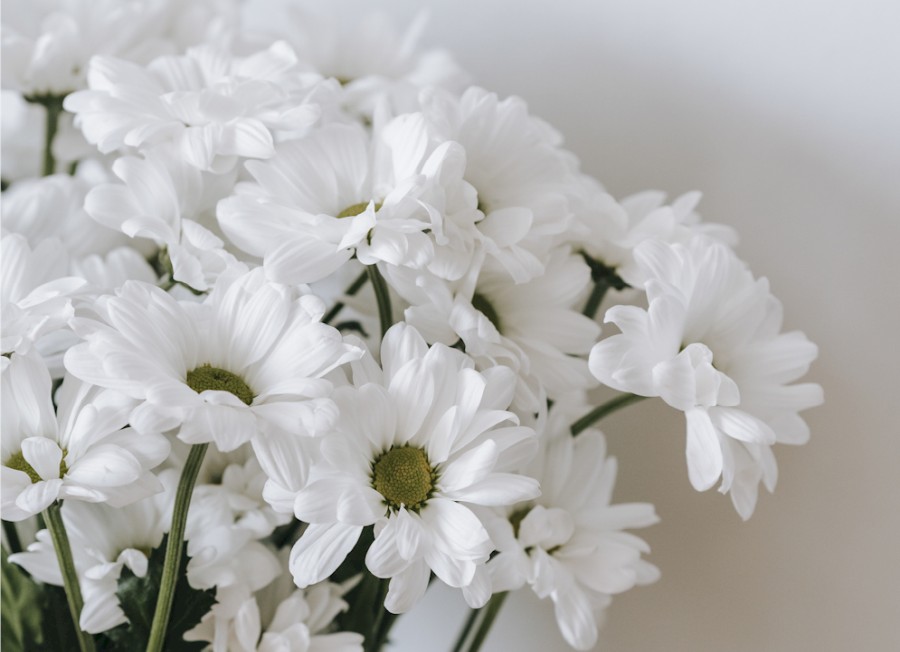
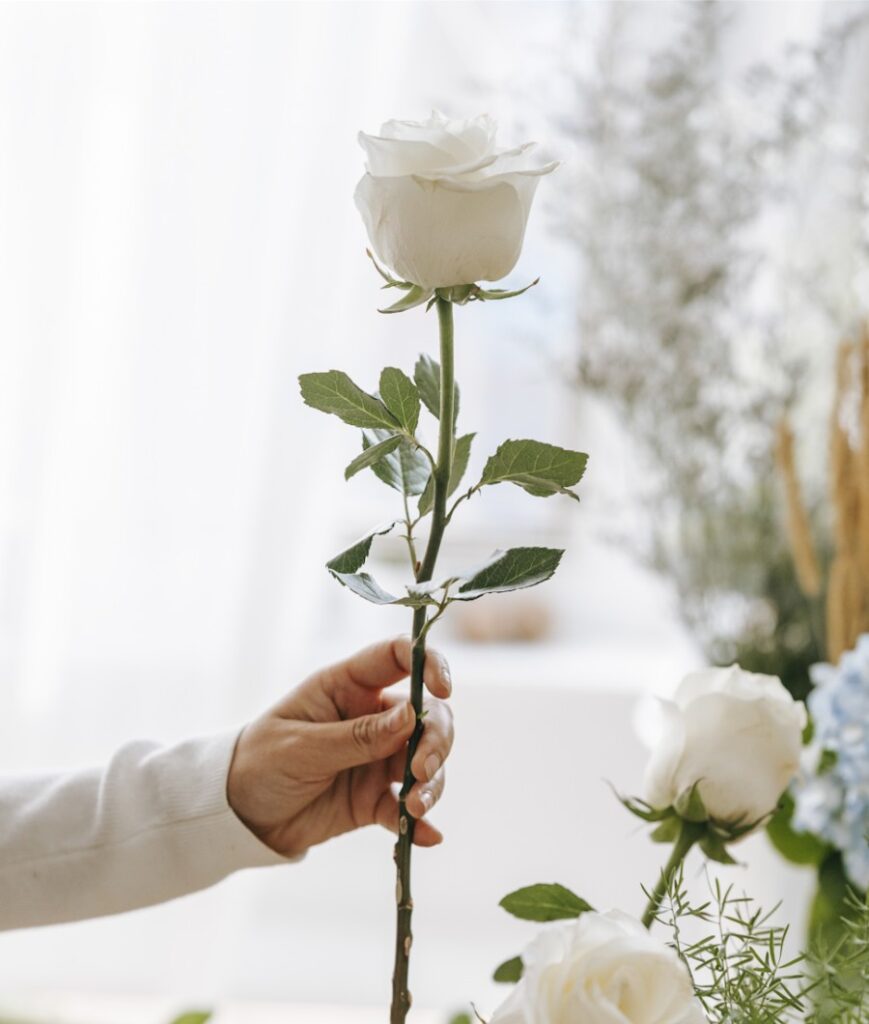
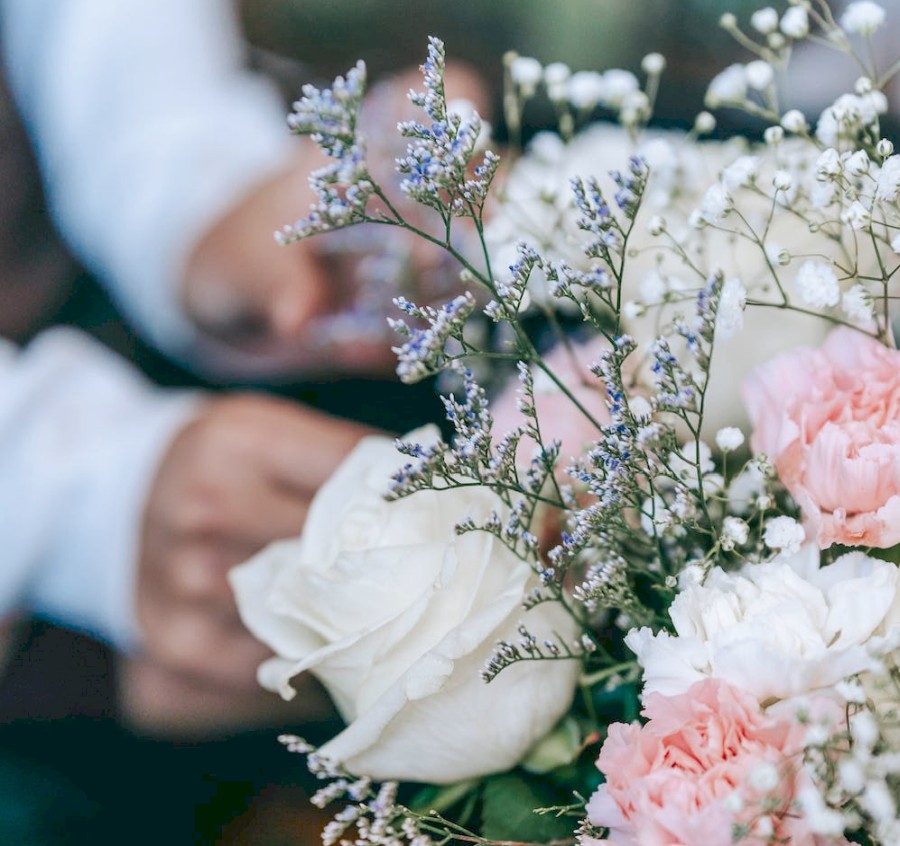
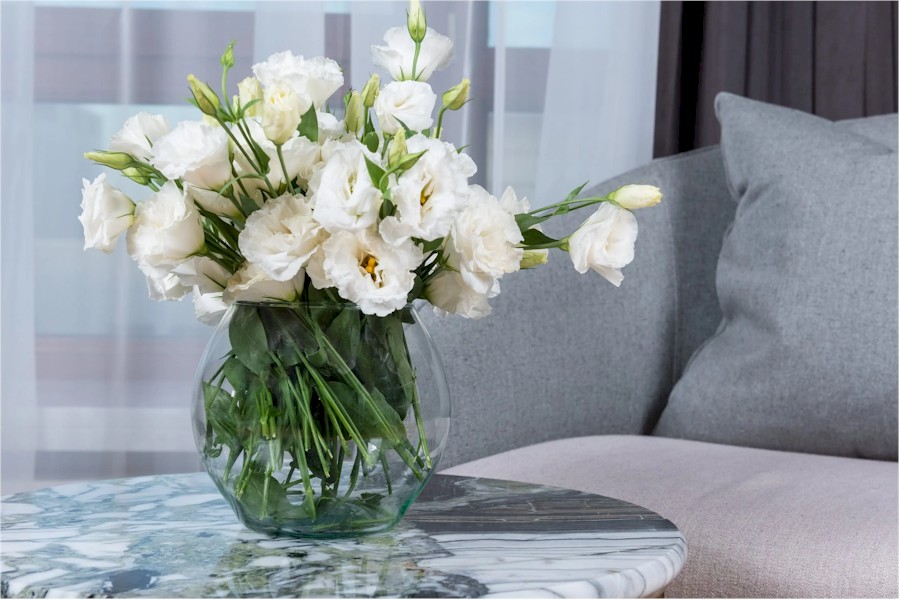

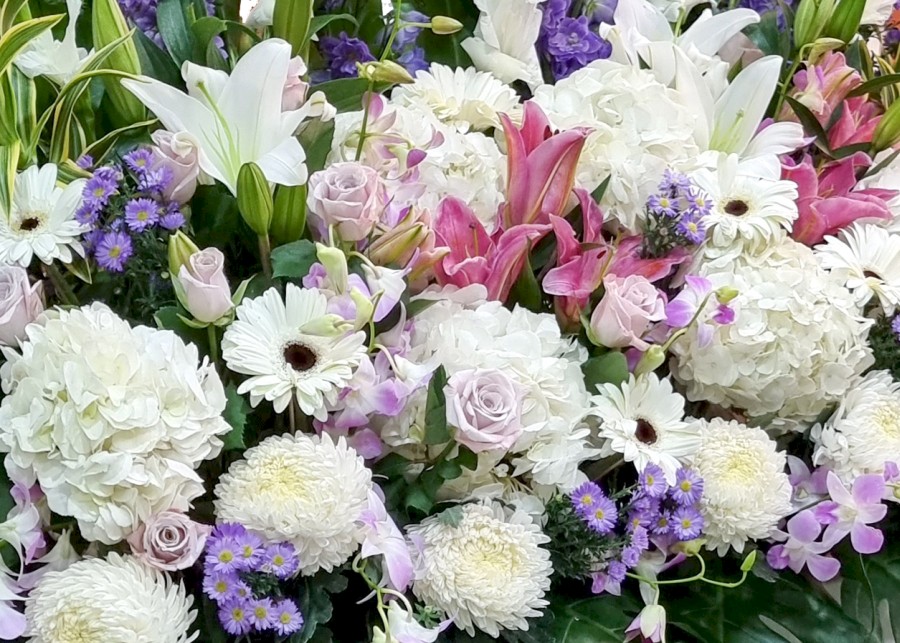
Leave a Reply